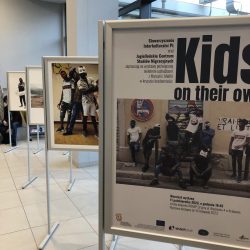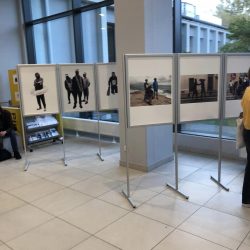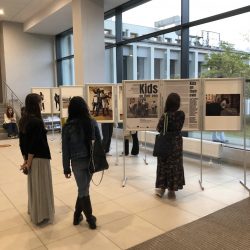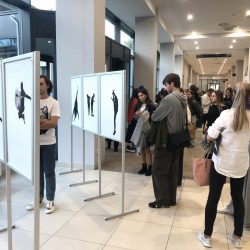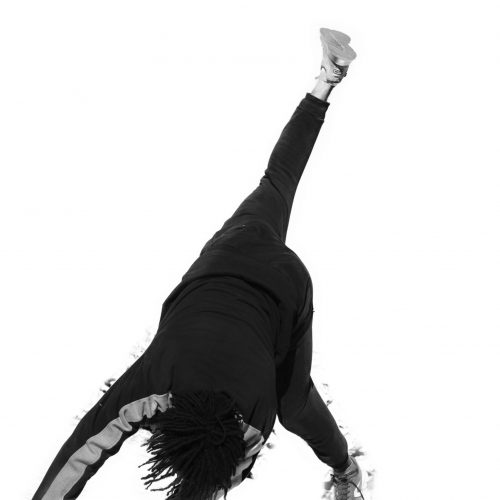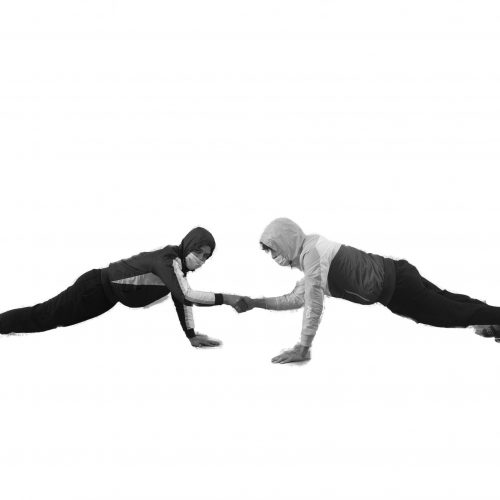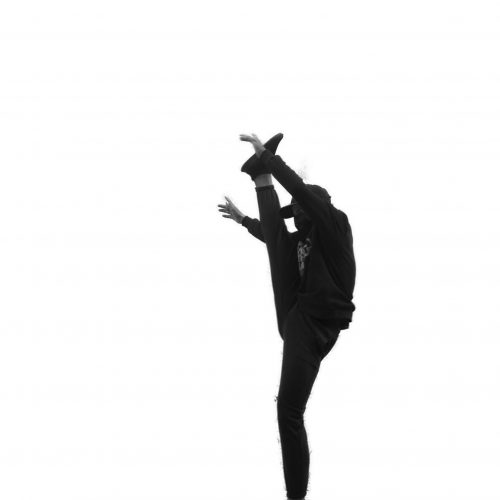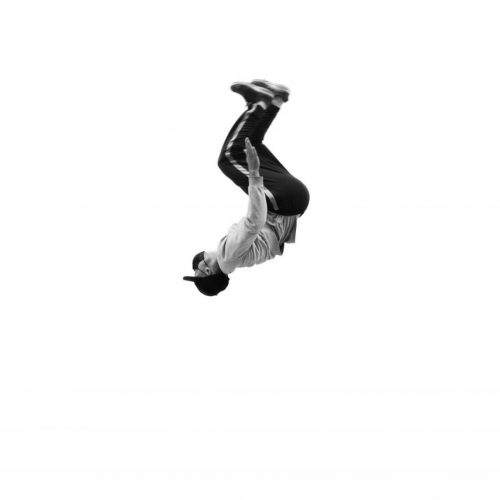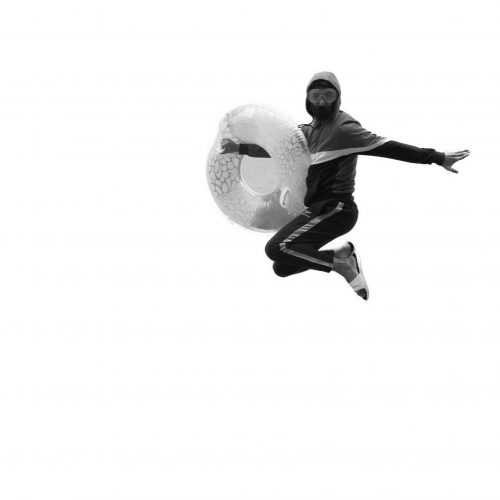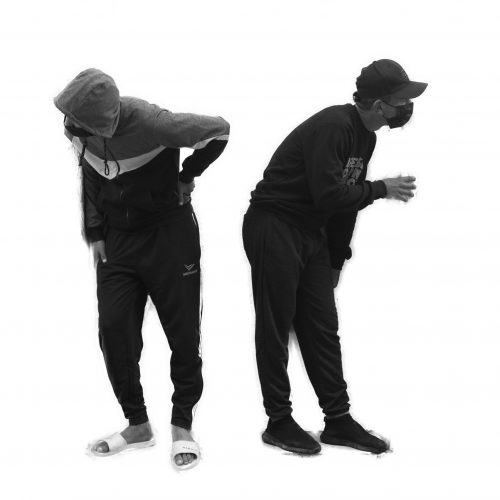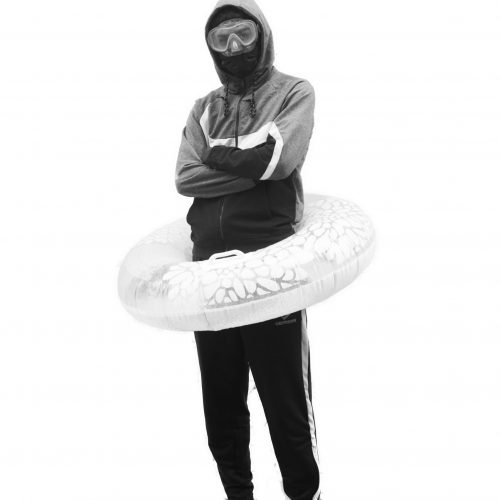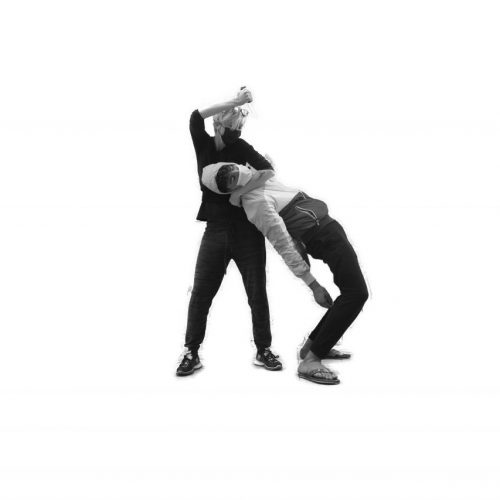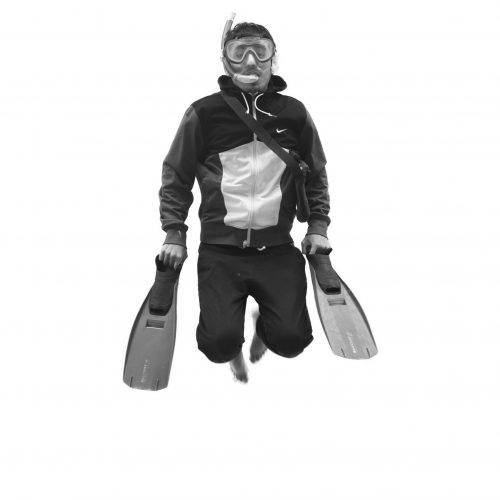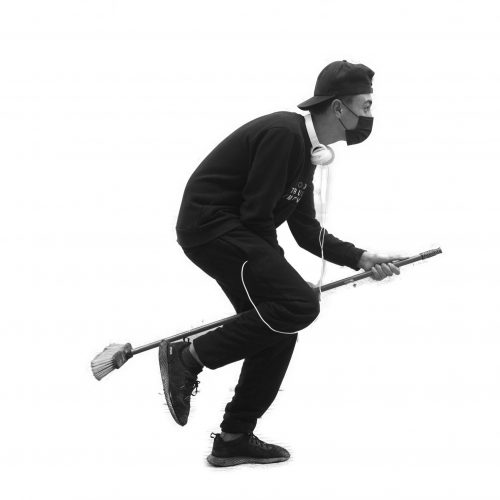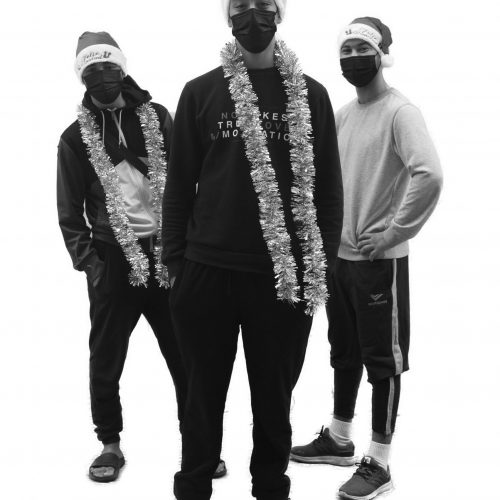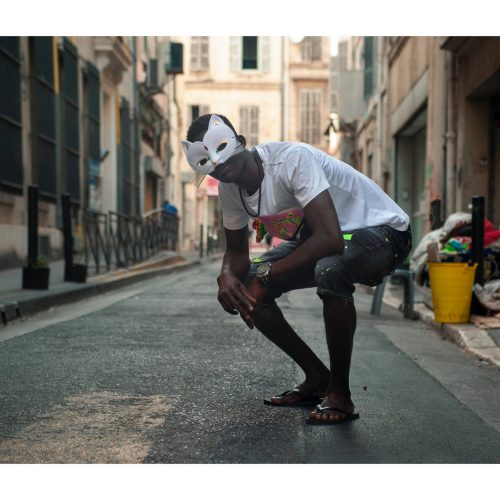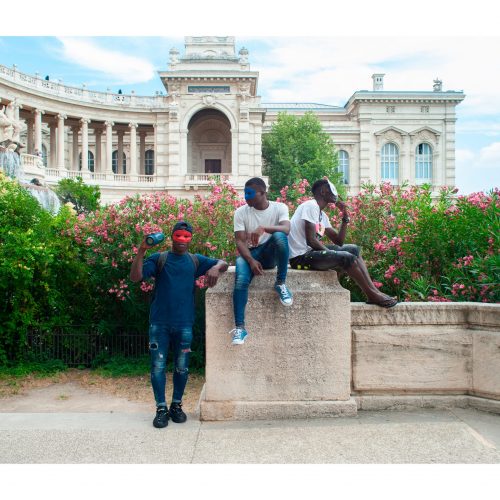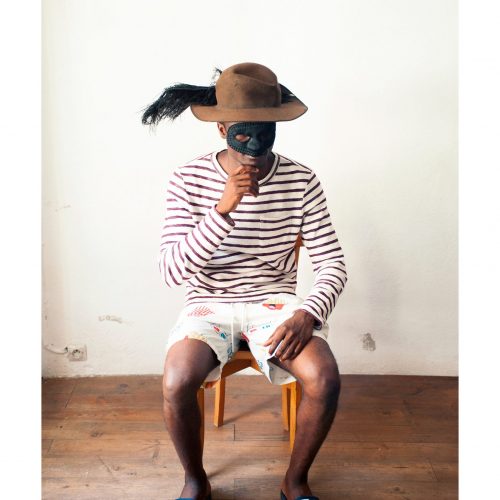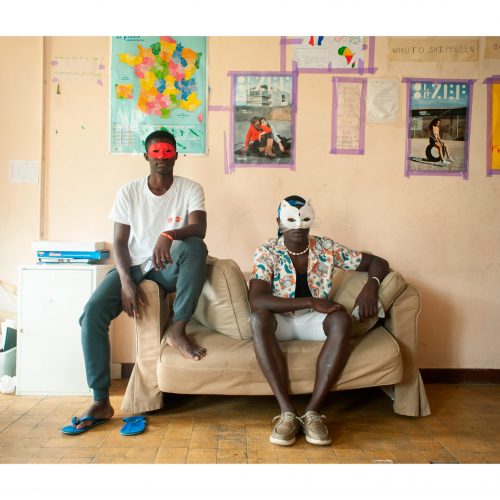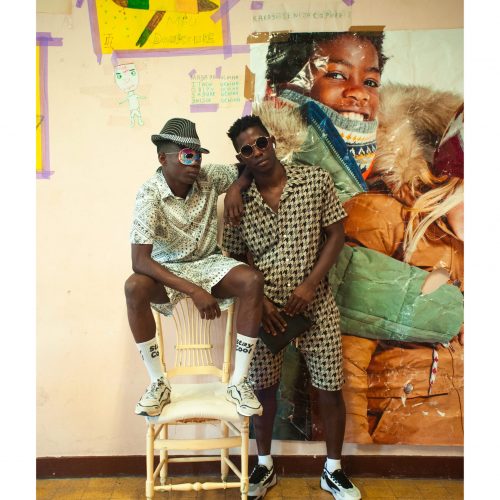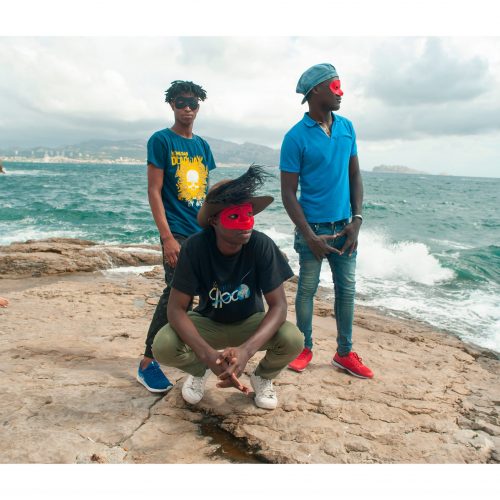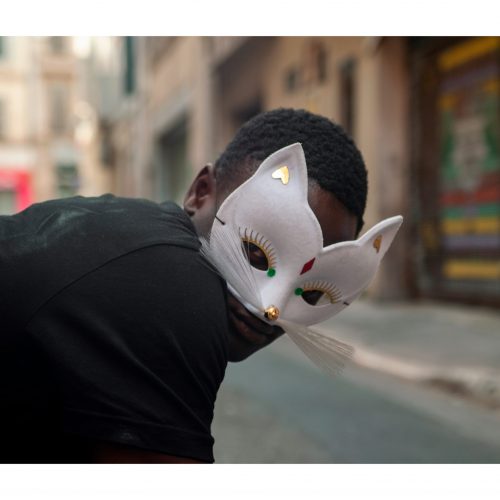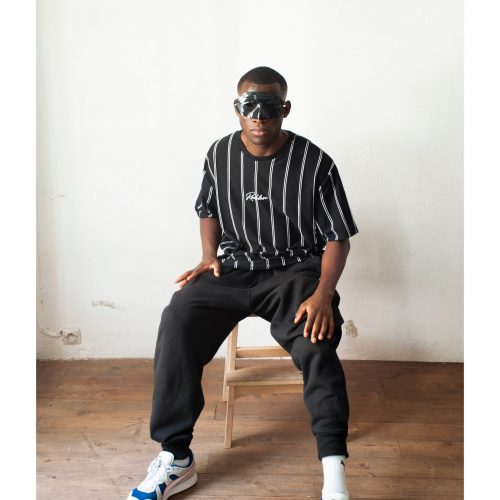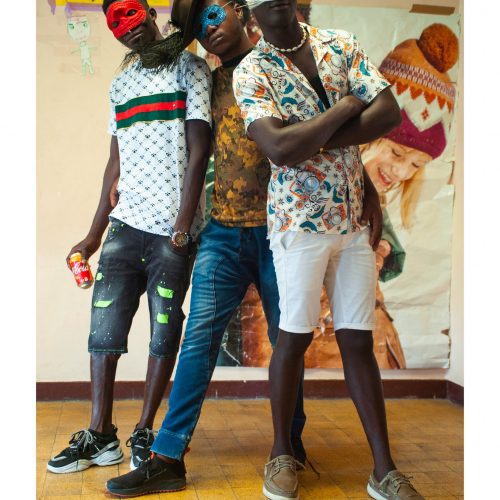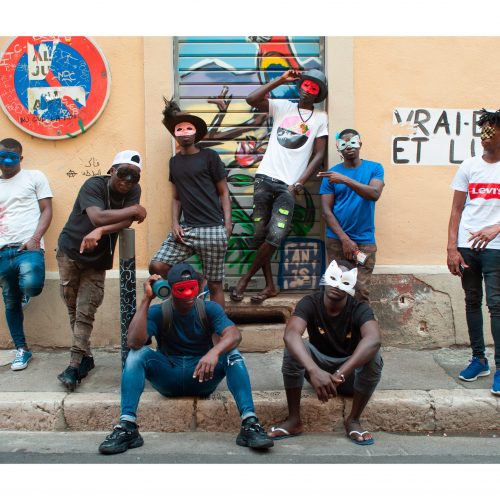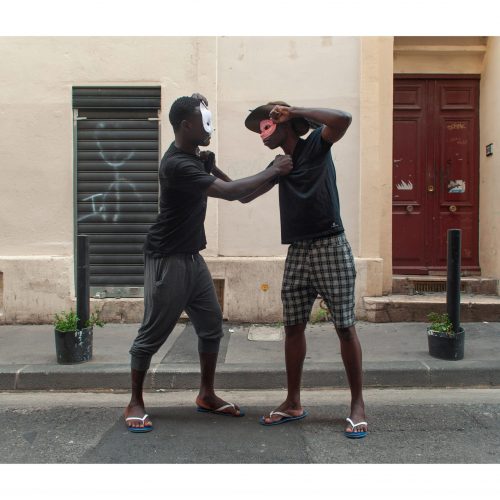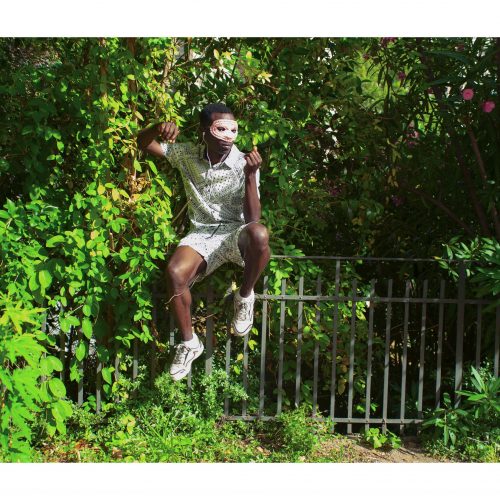Emerging within the context of the NEW ABC pilot action Empowerment of errant unaccompanied minors in situations of errant mobility through multimodal co-creation, implemented by the French partner COMBO, two photographic series were created by unaccompanied minors in situations of errant mobility. They explore the link between visibility and empowerment of the protagonist subjects/photographers at crucial points in their trajectories. The ones, young Moroccan people, portray themselves in black and white in the Spanish exclave of Melilla, the gateway to Europe on the other side of the Mediterranean, while we find in colour the others, a group of kids arriving from sub-Saharan countries, who have arrived, after a long and difficult trajectory, in Marseille, which they wish to be their final destination.
Within the pilot action activities, COMBO conducted a multimodal workshop that included initiations into different artistic practices that stimulate reflexivity, such as photography, rap, and video-making, as well as educational activities of immediate interest to the youth, such as workshops on bridging the digital divide, but also training on children’s rights, first aid, and harm reduction related to drug use.
The resulting exhibition showcases two photographic series made by workshop participants in the Spanish exclave of Melilla and in Marseille, France. The participants, for the first time dealing with an SLR camera, took turns in front of and behind the lens experimenting with different portrait configurations. After each session, the results were reviewed and discussed in the group, and in this manner gradually took shape the two series presented here.
